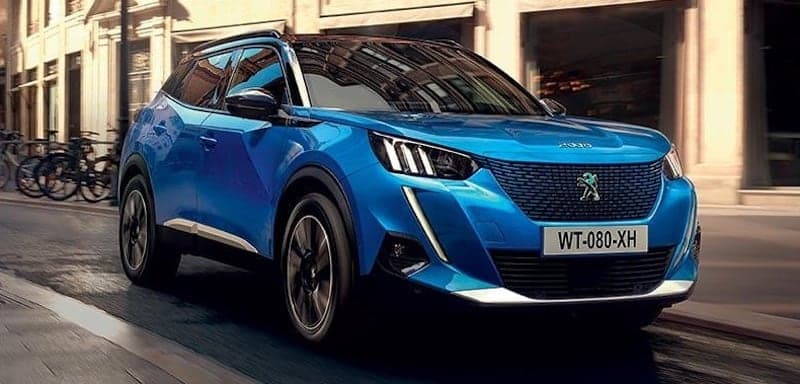Peugeot e-2008

Range (WLTP)
372 km
Battery Size
50 kWh
Variants
The e-2008 is a small SUV virtually identical to its petrol counterpart, the Peugeot 2008. With modest sales since its release in late 2021, it lacks the speed and range of the Kia Niro and Hyundai Kona.
NOTE: Earlier model years (before 2023) had a lower range of 320 km.
Peugeot no longer offered the 2008 from 2024.
Performance
0-100 km/h
8.5 sTotal Power
100 kWTorque
260 NmTop Speed
150 km/hDrive
FWDRange & Efficiency
WLTP Range
372 kmWLTP Consumption
161 Wh/kmHighway Range
290 kmYour Real Range
Calculate Battery & Charging
Battery (nominal)
50 kWhBattery (usable)
46.3 kWhBattery type
NMCAC Charging
7.4 kWDC Charging
101 kWVehicle-to-Load (V2L)
NoDimensions & Weight
Length
4300 mmWidth
1770 mmHeight
1530 mmGround Clearance
196 mmWeight
1548 kgShape
Small SUVSeats
5Storage & Towing
Boot Space
434 LBoot Space (Max)
1467 LFrunk
—Towing (Braked)
—Towing (Unbraked)
—How many Peugeot e-2008 have been sold in NZ?
There have been 374 registered to date (including 71 used imports).
Peugeot e-2008 registrations
Monthly units (includes new and used import)
